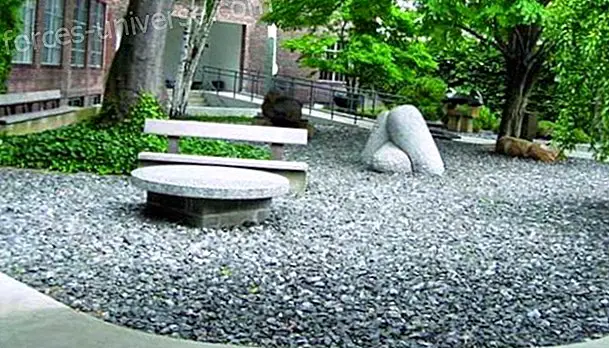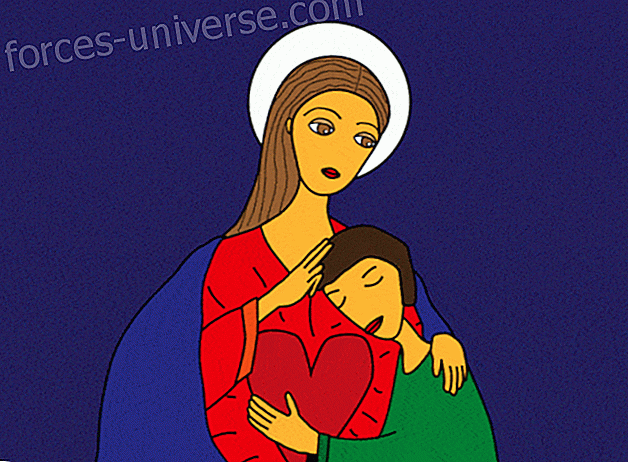
What is recycling, what can be recycled and what can be done with garbage?
Environment
Recycling is the process that waste materials undergo when they are collected and transformed into new materials, which can be used or sold as new products. The recycling process has become an activity that helps solve many of the problems caused by the millions of tons of solid waste, which we produce every day around the world, and that are created by the way of modern life we have.
Reasons to teach children to recycle
Teach children to recycle
Recycling is helping to protect the environment to stop environmental pollution. Participating in collection, separation and recycling is a different way of conceiving life and perceiving the natural environment.
Garbage is a big problem every day, which we have to fight. As people, apart from industries, we are the first to consume and pollute, but we are also the main affected, since garbage generates bad odors in the streets, infections and even diseases that put our health at risk.
There are many reasons to recycle: resources are saved, pollution is reduced, the life of materials is extended even with different uses, energy is saved, deforestation is avoided, 80 percent of the space occupied by the waste when it becomes garbage, the payment of taxes for garbage collection can be reduced and at the same time employment and wealth are generated.
How can we contribute to family recycling?
It is advisable to start by reducing the amount of garbage that is generated at home. How can we do this? An idea may be to reuse organic waste that can be used to fertilize plants. We can also reuse containers and other containers for new uses at home, school or at work. For the classification of waste it is necessary to have two containers. One of them will be used for organic waste and another for reusable material. Paper and textile clothing should be clean, dry and preferably stacked and tied. Plastic containers should be rinsed to avoid bad odors. Metals and glasses should be lined at their points or at their sharp edges.
What can be recycled?
90 percent of household waste is recyclable. Apart from organic waste (some organic waste is used to make natural fertilizers or compost, which improve the quality of the soil without damaging it unlike chemical fertilizers and artificial fertilizers), glass containers, fine plastic, can be recycled. thick plastic, cardboard, cans, paper, pieces of glass, batteries, metals and fabrics. Therefore, it is important that we separate the garbage in our house and deposit it in the appropriate containers.
For recycling, there is a basic rule: classify from the origin. This means carefully selecting the waste before it is mixed with other types of garbage. In addition to taking advantage of what is thrown away again, large amounts of energy from non-renewable resources such as oil, coal and gas are also saved.
The need to separate
A good part of the success of recycling programs depends on the collaboration of all consumers, adults and children. If the waste that is produced daily in a house is, first, properly separated, and then deposited in the public containers that are destined for each kind of material, the most difficult part in the recycling of household waste will be made.
Currently, the need to separate garbage is being carried out through campaigns aimed at families to contribute for the good of the environment and society. By separating our waste properly, before they become trash, much of our living space can be saved or reduced.
Marisol New. Editor of GuiaInfantil.com






